>> Pa Hu effectively expands many economic models
>> New vitality in Pa Hu
>> Changes from Directive 05 in Pa Hu
With the characteristics of a highland commune, over 93% of the population are Mong people living in 4 villages; the terrain has a large slope, the forestry land area is about 5,000 hectares, this is a great advantage for the locality to promote the development of the forest economy. In recent years, the commune has actively mobilized people to plant economic forests, at the same time, well implementing the work of forest allocation and protection.
Thanks to that, up to now, the people in the commune have developed over 462 hectares of economic forests. Along with the development of the forest economy, the commune actively mobilizes people to focus on developing the area of hill corn and upland taro, both to cover the bare land and to create high-value commodities. We went to Hang Gang village, the first village to pilot the upland taro planting model in 2021.
Pointing to the lush green taro fields, Vice Chairman of the People's Committee of Ha Chanh Thao commune said: "Previously, not only Hang Gang village but also most other villages in the commune only cultivated one crop of summer-autumn rice and upland rice. In the winter-spring crop, the fields were almost left fallow due to lack of water, so the lack of food was always a concern of the Party Committee and the commune government. However, upland taro has brought economic efficiency to the people with an income of more than 100 million VND/ha".
From the orientation of converting crop structure, in 2021, with the support of the District Agricultural Development Support and Service Center, the commune and village leaders focused on mobilizing people to convert upland rice areas to grow taro. From the initial 10 hectares, up to now, Hang Gang village has developed 25 hectares of taro, with an average yield of 14 tons/ha.
Mr. Mua A Pao, Hang Gang village, excitedly said: "At first, when I saw the commune and district officials promoting the planting of taro, I was also skeptical, not knowing how effective it would be. However, after 1 year of trial planting, I found that upland taro is easy to grow, not picky about soil, has a fairly high yield, and favorable output. So in 2022, I converted nearly 1 hectare of upland rice to grow taro, each year after deducting expenses, I also earn nearly 100 million VND, and my life is gradually improving."
From this success, the taro growing model has been widely deployed to other villages. Up to now, the whole commune has developed 65 hectares of taro. Besides taro, the commune has also focused on developing hill corn, which is grown 2 crops/year with a total area of 325 hectares, yielding about 45 quintals/ha. Hill corn, upland taro and 192 hectares of 2-crop wet rice have contributed to raising the total annual average grain output to over 2,000 tons. Thereby contributing to stabilizing food security for the people.
In addition to cultivation, livestock and poultry farming is also a direction that Pa Hu commune focuses on. In particular, the commune has been mobilizing people to develop herds of buffalo, cows, and native black pigs in the direction of semi-grazing, taking advantage of natural food sources from forests and fields to develop livestock farming according to Resolution 69 of the Provincial People's Council. Thanks to that, up to now, the commune has developed more than 30 livestock farming models according to Resolution 69 with high economic efficiency.
The family of Giang A Pao in Pa Hu village currently has 6 buffaloes, 4 cows and dozens of black pigs. Every year, after deducting expenses, the family earns about 60 million VND from raising animals. "We raise them in the traditional way, without spending much money. The big ones are sold to traders, the small ones are kept for breeding. Thanks to that, life is less difficult than before," Pao shared.
As one of the typical households implementing the livestock model according to Resolution 69 of the Provincial People's Council, in 2021, Mr. Mua A Dao, Hang Gang village was supported with 15 million VND to implement the model of raising 3 sows and 20 pigs. Up to now, Mr. Dao has developed the model quite successfully, selling an average of 2 litters of pigs each year, earning over 70 million VND.
Mr. Dao shared: "I can actively raise livestock, and grow food on hills and fields. Just taking care of and preventing diseases for livestock is a clear economic benefit. Previously, without support policies, my family only raised about 3-5 native black pigs, so the economic benefit was not high. Now, raising livestock under the State's support program is much more economically effective." Thanks to that, the total number of main livestock in the commune in the first 6 months of 2025 reached over 1,200.
The correct and accurate policies in shifting the structure of crops and livestock to achieve the goal of socio-economic development and sustainable poverty reduction have been successfully implemented by Pa Hu commune. Through the assessment of socio-economic development indicators in the first 6 months of 2025, the commune has had 12/26 indicators exceeding the plan, the remaining indicators all met the plan, no indicators were not met. In particular, some indicators achieved quite well such as: total grain output reached 100.8% compared to the plan; total livestock and poultry increased by 1.2% compared to the same period last year; newly planted forest area reached 102% of the plan...
This result will be an important condition for Pa Hu commune to continue to implement the goal of economic development, sustainable poverty reduction, and towards successfully building a new rural commune in the coming time.
Thanh Tan
Source: https://baoyenbai.com.vn/12/351918/Pa-Hu-khai-thac-tiem-nang-phat-trien-kinh-te.aspx








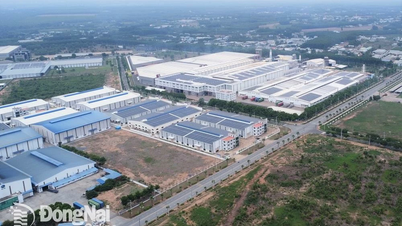



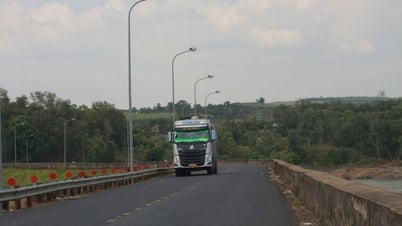



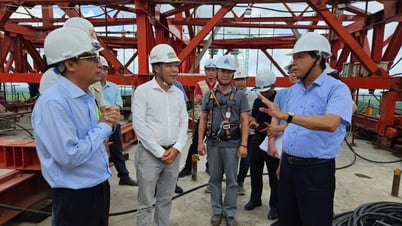






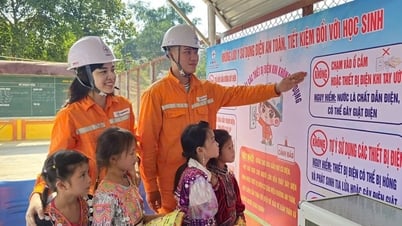
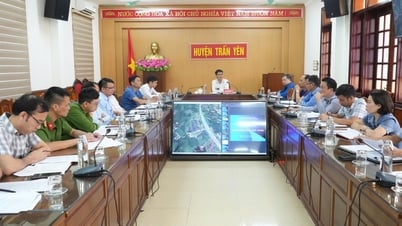
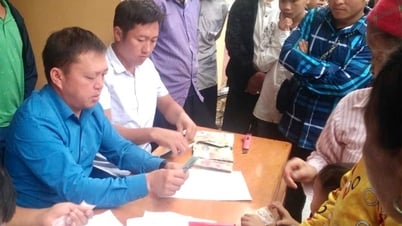





















































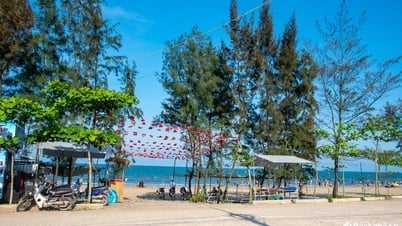
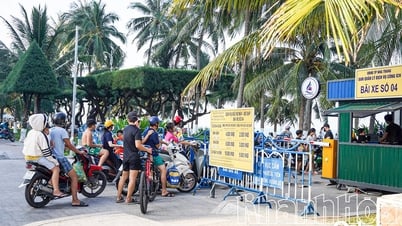



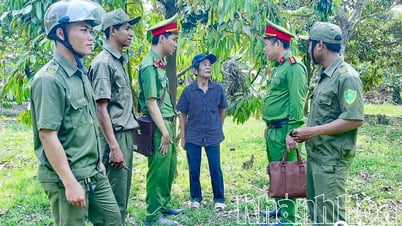













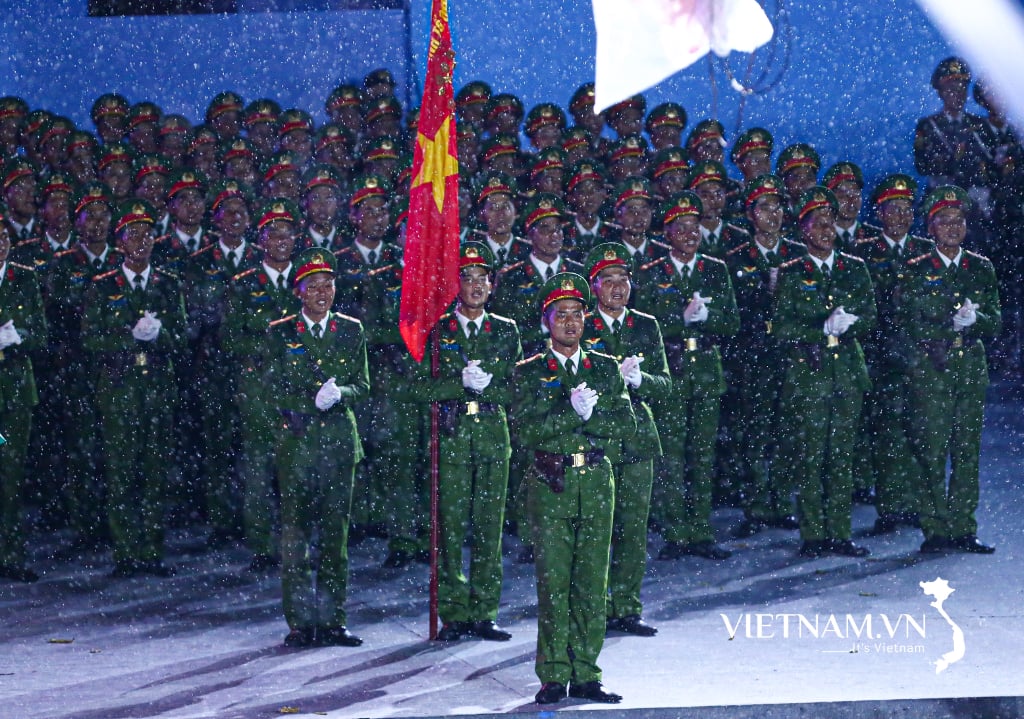
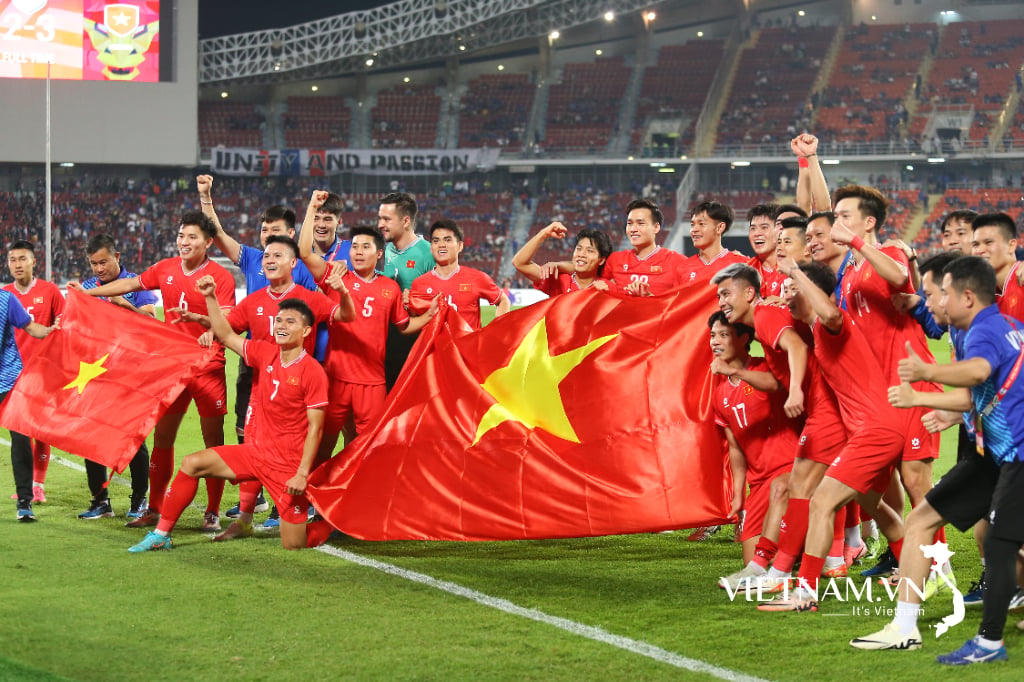
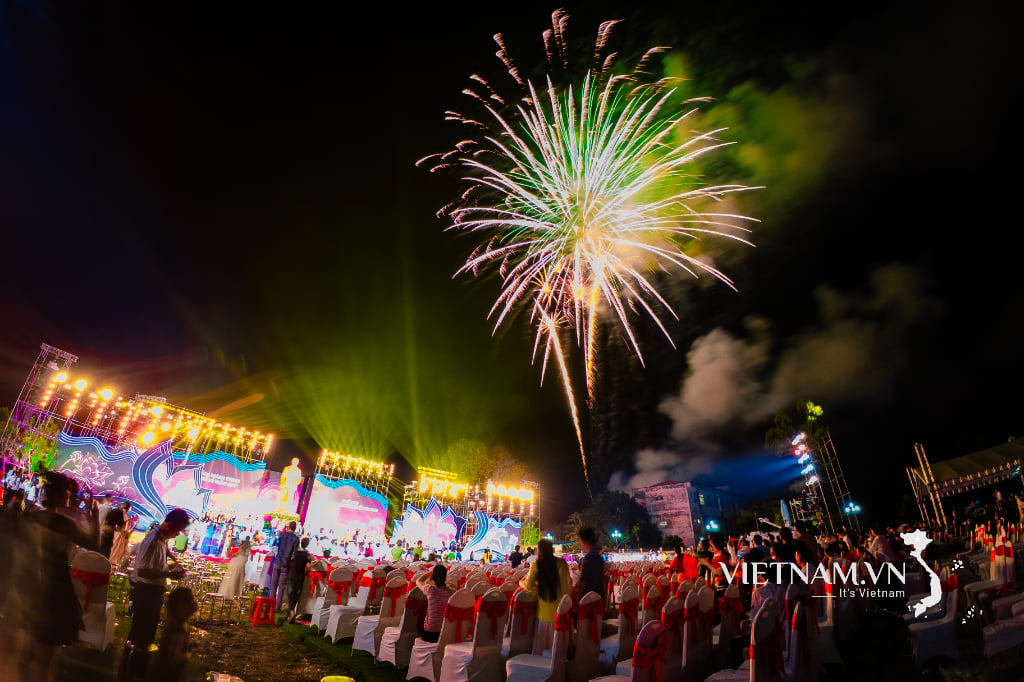

Comment (0)